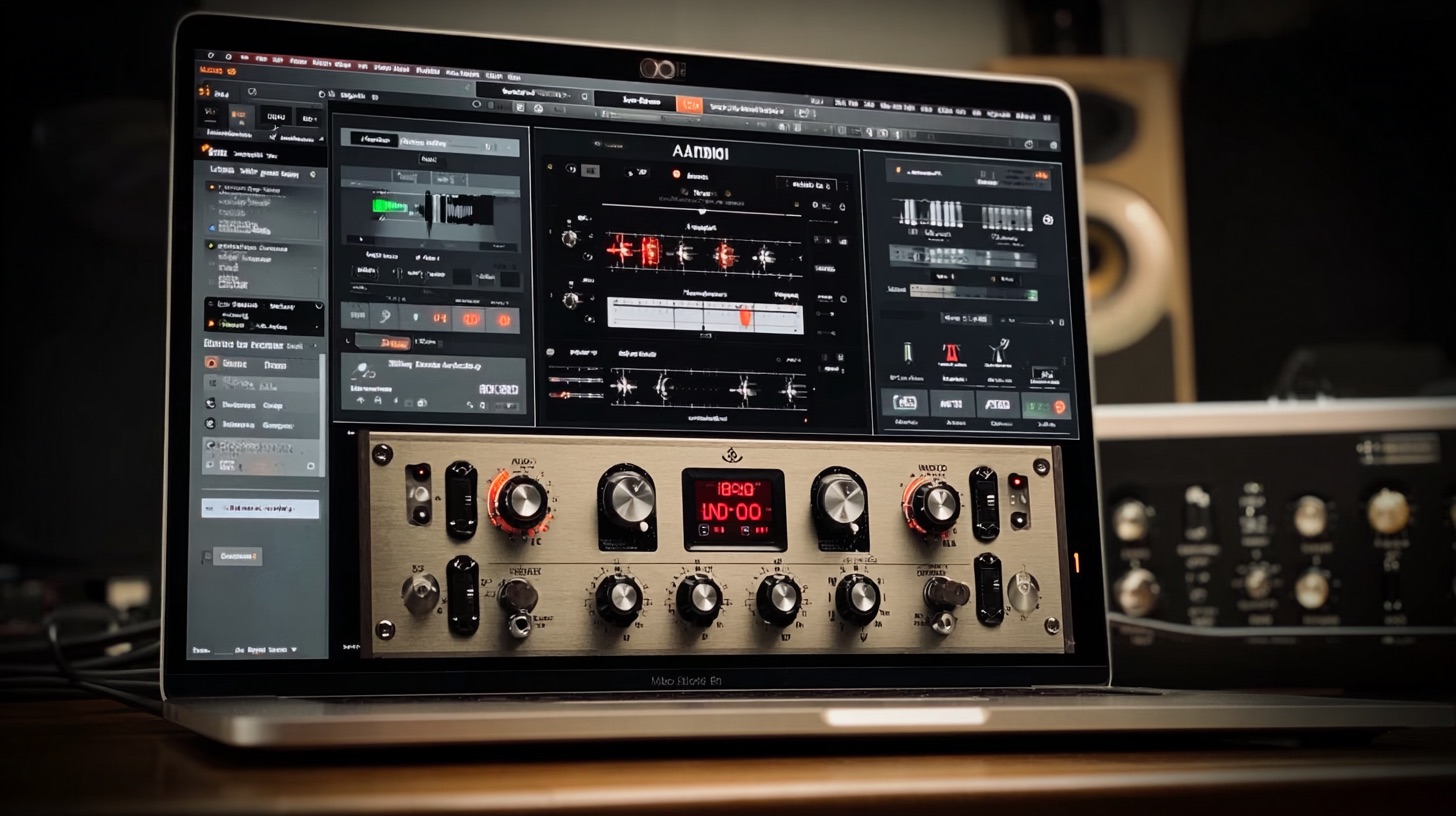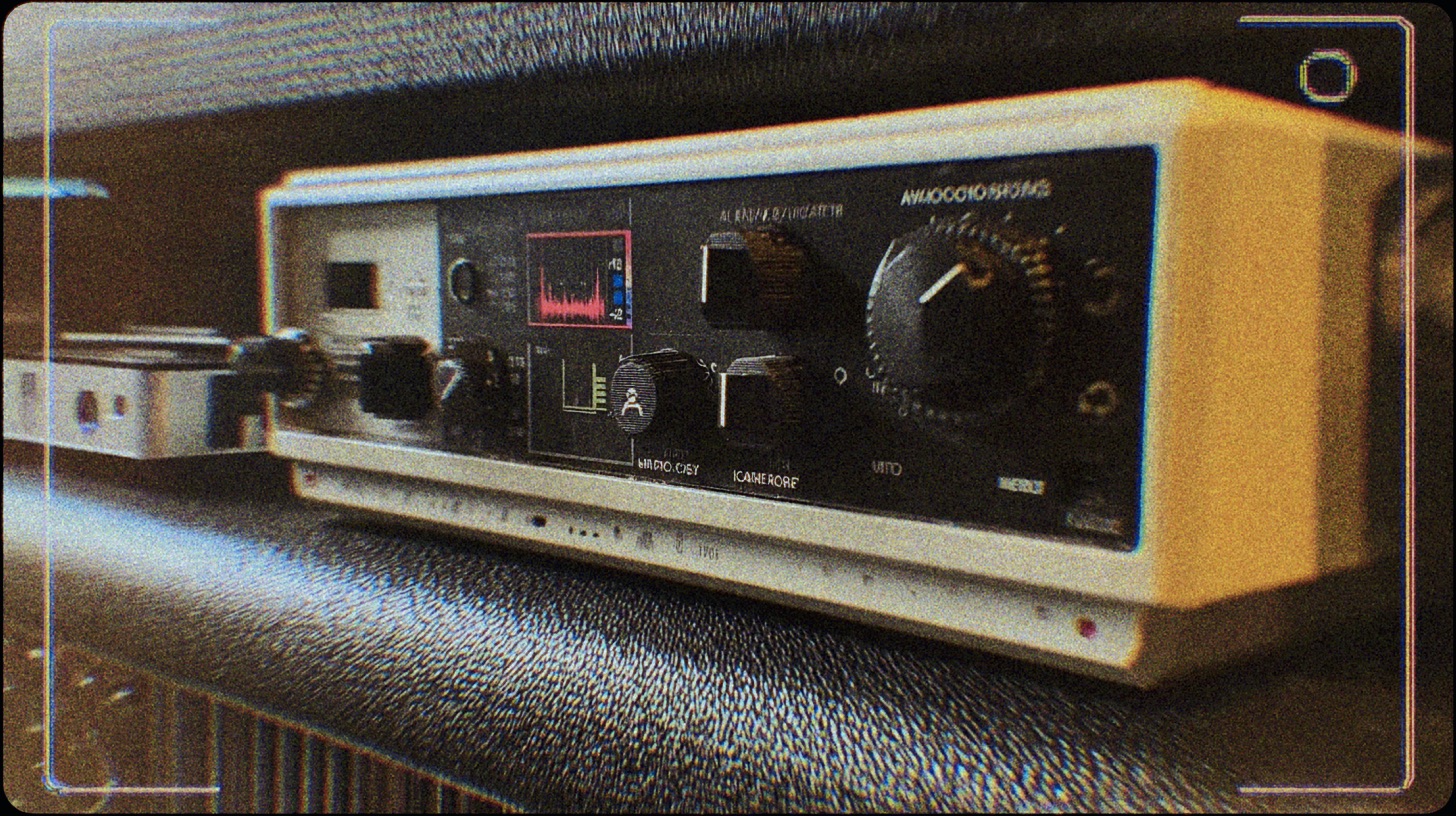
Mixing Thornhill’s Massive Guitars with George Lever
Nail The Mix Staff
Let’s talk about Thornhill’s guitar tones. They’re heavy, no doubt, but they also have this insane atmospheric quality that sets them apart. It’s not just about high-gain chug; it’s about texture, depth, and creating a massive wall of sound that’s both aggressive and beautiful.
Ever wonder how to build a tone like that entirely within your DAW? We got a look at how producer George Lever (Monuments, Loathe, Sleep Token) dials in these exact tones, and it’s a masterclass in using familiar tools to create something truly unique. Forget presets—this is about building a complex, responsive tone from the ground up.
Here’s a breakdown of the chain and the thought process behind it.
The Foundation: Building the Pedalboard Chain
Before a single watt of virtual amp power is used, the signal gets shaped. George Lever starts his chain by hosting his effects within Plugin Alliance’s Pedalboard, a great way to visualize and reorder your stompbox-style plugins. The order of operations here is crucial, as each stage feeds into the next.
Pre-Amp EQ Shaping
Right at the start of the chain, Lever drops in a graphic EQ pedal, the Plugin Alliance AMEK EQ 200 (a recreation of the classic GML 8200 Parametric EQ he uses in the video, often referred to as Graphic QQ). Placing an EQ before the amp is a classic move to fundamentally change how the amp responds. Instead of just filtering the final sound, you’re sculpting the raw DI signal, affecting the gain staging and harmonic content the amp generates.
By carving out or boosting specific frequencies here, you can tighten up the low-end mud before it even hits the amp, push the mids for more aggression, or tame harshness. This is a powerful technique for detailed EQ and tone shaping strategies that goes beyond simple post-amp filtering.
The Amp and Cab: The Heart of the Tone
The core of this massive guitar sound comes from one of the most popular amp sims on the market: GetGood Drums Archetype: Nolly. This plugin provides the amp, the cab, and even an extra layer of drive.
The Amp Sim & Dirt Pedal
Lever loads up Archetype: Nolly and immediately kicks on one of the built-in overdrive pedals. This isn’t just for more gain; it’s for character. The pedal adds its own flavor of fuzz and saturation, hitting the front end of the amp model harder and adding a specific texture to the distortion.
He then starts tweaking the amp settings, not by loading a preset, but by listening and reacting. He’s focused on bringing the low-end through while maintaining clarity—a delicate balance when you’re dealing with this much gain and fuzz.
The All-Important Cab and Mic Blend
This is where the real magic happens. As any seasoned producer knows, the cabinet and microphone choice is arguably more important than the amp head itself. Lever dives into Archetype: Nolly’s cab section and selects a specific blend of two different microphone impulses.
His method for setting the levels is refreshingly unscientific. He describes it as remembering a “daft” clock face position—like setting one mic level to 10 o’clock and the other to 3 o’clock. This is a killer takeaway: don’t get bogged down in numbers. Move the mics, blend the levels, and trust your ears to find the sweet spot where the character and body of the tone lock in.
Troubleshooting: When It’s Not Quite Right
Here’s the most relatable part of the process: after building the chain from memory, the initial tone is… “fluffy.” Something is missing. This is a problem every single one of us runs into.
Instead of scrapping it, Lever diagnoses the issue. He listens to his reference tone from the actual mix and realizes the pedal settings in his new chain are slightly off. A quick copy-and-paste of the correct settings from his original session instantly brings the tone to life. It’s a great reminder to save your winning combinations and A/B test relentlessly.
Crucially, before making any final calls, he brings in the bass track. A guitar tone that sounds perfect in solo might be too boomy, too thin, or just get lost once the bass is in. Hearing the guitars in the context of the low-end is the only way to know if your tone is actually going to work in the final mix.
Putting It All Together for Your Mixes
Building a pro-level, in-the-box guitar tone like this involves a holistic approach. It’s not about one magic plugin, but how they all work together.
To recap George Lever’s method:
- Order Matters: Shape your DI with pre-amp EQ before it ever touches the amp sim.
- Plugin Stacking: Combine a plugin host like Pedalboard with a powerful suite like Archetype: Nolly to create a custom chain.
- Cab is King: Spend time blending IRs. The combination of mics is where you’ll find your unique character.
- Context is Everything: Always make your final tonal decisions with the bass and other key elements playing.
Watching a pro like George Lever build this tone from scratch is one thing. But what if you could get the full multitracks and watch him mix the entire song—guitars, bass, drums, vocals, everything—explaining every single decision along the way?
Thornhill on Nail The Mix
George Lever mixes "Casanova"
Get the Session
That’s exactly what you get at Nail The Mix. With our extensive library of sessions, you can download the raw tracks from this very song and learn directly from George Lever. It’s your chance to move beyond presets and see how a chart-topping metal mix is crafted from start to finish. Get inside a session today and start building tones that truly stand out.






